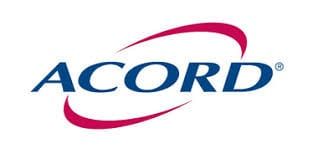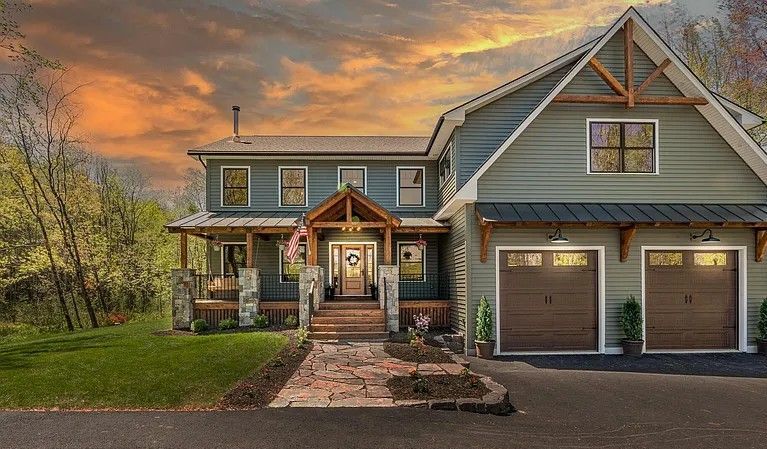
Maine Remodeling & Home Buidling Experts
Contact Us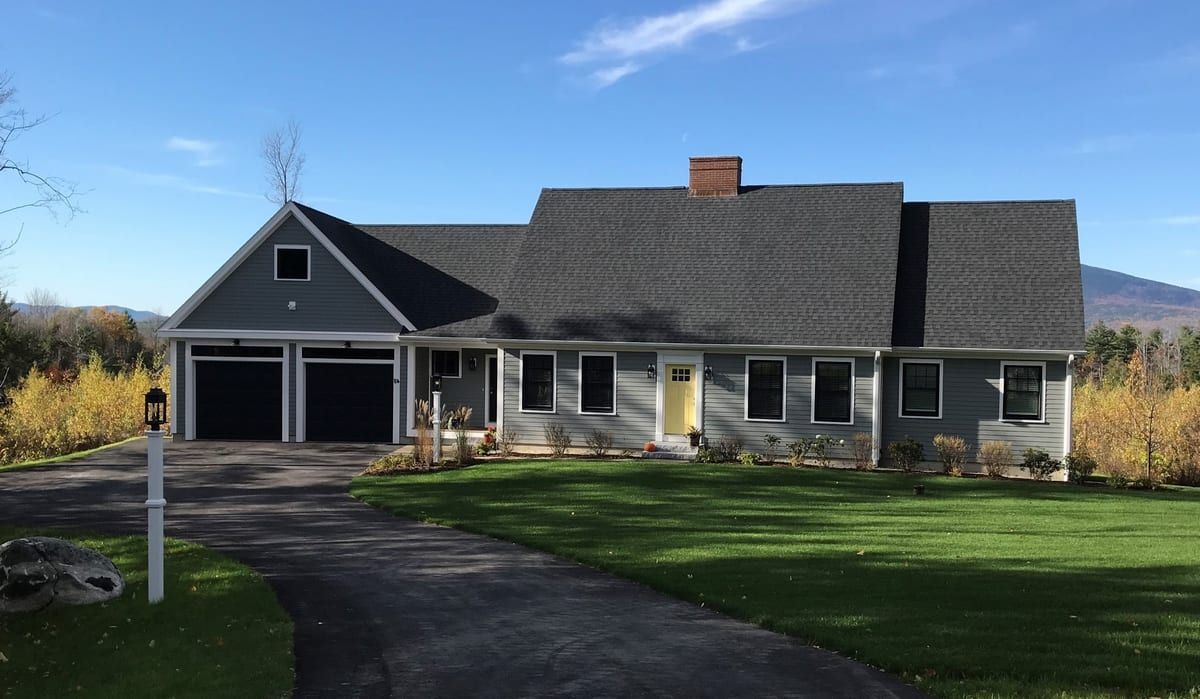
New Home Construction
Write your caption hereContact Us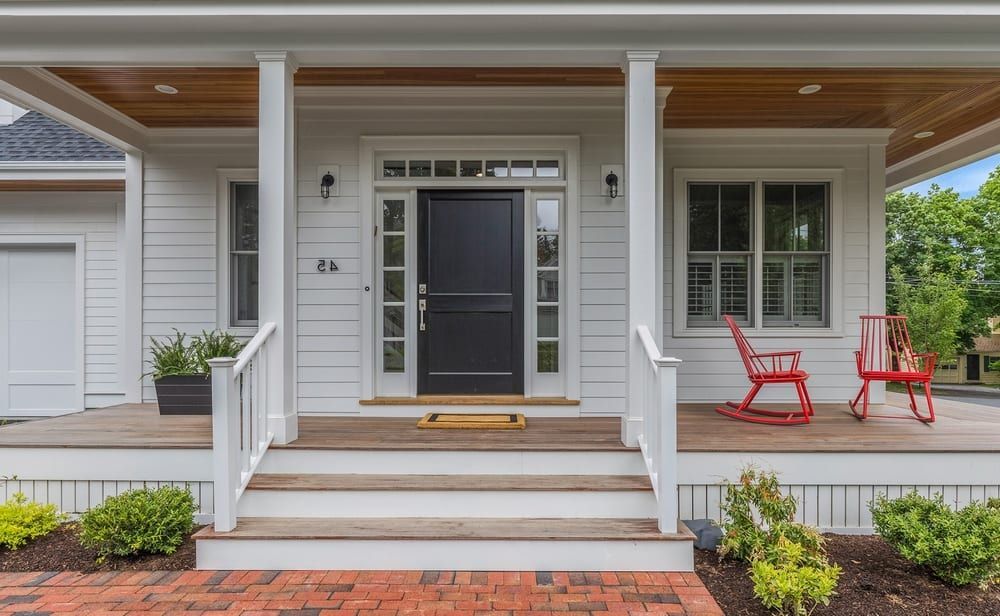
We Are Remodeling Experts
Contact Us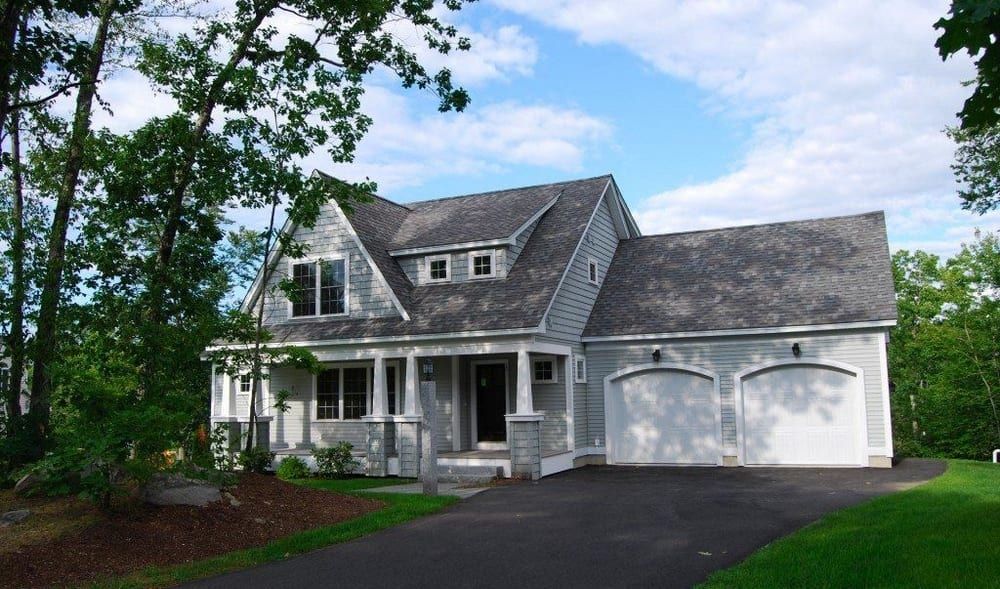
Garages, Siding, Roofing & More
Contact Us
Our Architects & Designers or Yours
Contact Us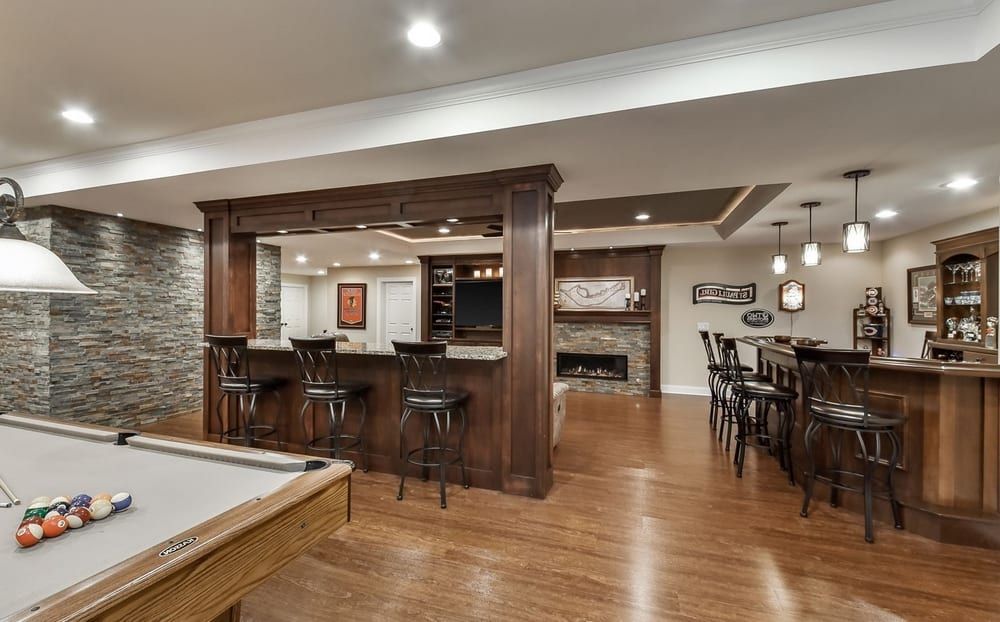
You Dream It - We Build It
Contact Us
High Quality, Precision and Integrity in Every Project
Serving Androscoggin, Cumberland, Kennebec, Sagadahoc and Oxford Counties
American Builders is a trusted local general contractor known for producing outstanding results in Turner, Monmouth and surrounding areas. We are experienced in the DEP Process and have built homes throughout Central, Southern and Coastal Maine. From personalized garages and room additions to full cottage and home construction, we can handle every step of the process from start to finish. We're dedicated to excellent craftsmanship and timely project completion. We give you realistic expectations for the project you want and need.
We have over a decade of experience completing construction for both residential and commercial clients. Call 207-500-8100 to discuss your project with our local construction company.
Exceptional Service From Concept to Completion
We’ll bring all of your ideas to life
There’s no project too big or too small
Our skilled professionals work with clients from start to finish to deliver exceptional work at the highest standards. You can turn to us for:
- New home construction
- Garage construction
- Home additions
- Basement finishing
- Cottage construction
- Exterior renovations
- Roofing services
Our full service company can take care of everything from excavation and site prep to door knobs, basements, siding and roofing. Just let us know what you have in mind, and our team can get right to work. Need Solar? Contact Solar Systems of Maine today!
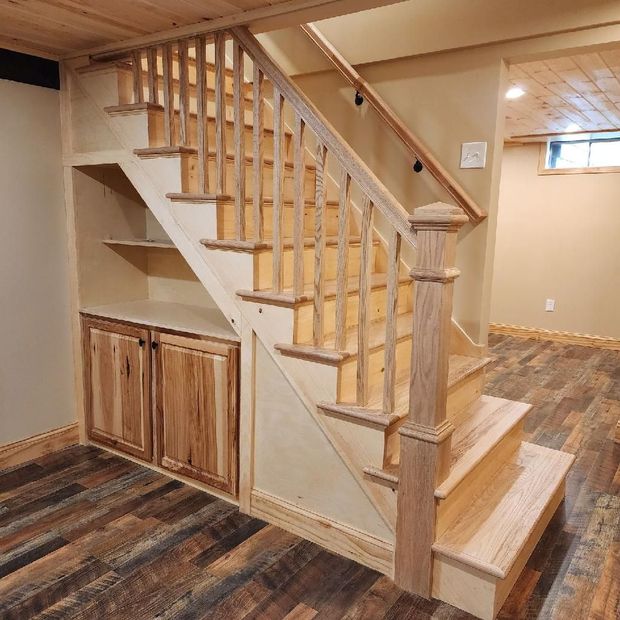
Why choose us?
Our local construction company is dedicated to providing seamless, hassle-free building services for both residential and commercial clients. We stand out from other general contractors because:
We have over a decade of experience in the industry
We value open and honest communication
We offer versatile, custom solutions for new construction
We provide free estimates on our work
You can have complete peace of mind with our crew on the job. We’ll treat your property with care and respect from start to finish.
★★★★★
We have used American Builders for many home improvement projects including complete kitchen and bathroom remodels, installing crown molding and trim throughout house, built-in pantry, deck, hardwood flooring, tile and many more. I would highly recommend them due to their professionalism, quality of work and integrity. The owner oversees all jobs and ensures everything is as expected and more.
-Laurie TCT
★★★★★
Would absolutely recommend. They have excellent attention to detail and worked with me to make my vision a reality. Thank you guys.
-Jacob Stewart
★★★★★
Straight forward and easy to work with. We will be using them again in the future.
-Buko Timesheets
★★★★★
Great work and easy to work with.
-Ryan Mathieu
★★★★★
We have used American Builders for many home improvement projects including complete kitchen and bathroom remodels, installing crown molding and trim throughout house, built-in pantry, deck, hardwood flooring, tile and many more. I would highly recommend them due to their professionalism, quality of work and integrity. The owner oversees all jobs and ensures everything is as expected and more.
-Laurie TCT





